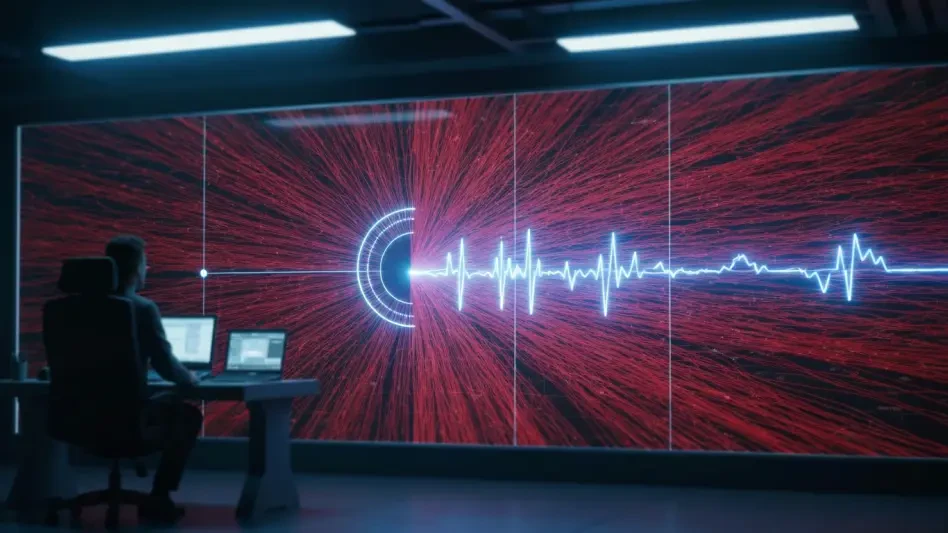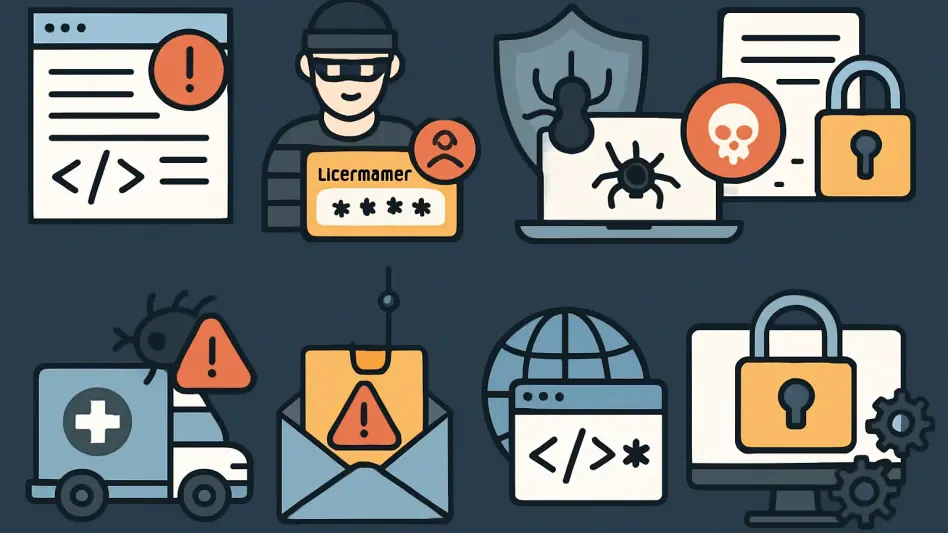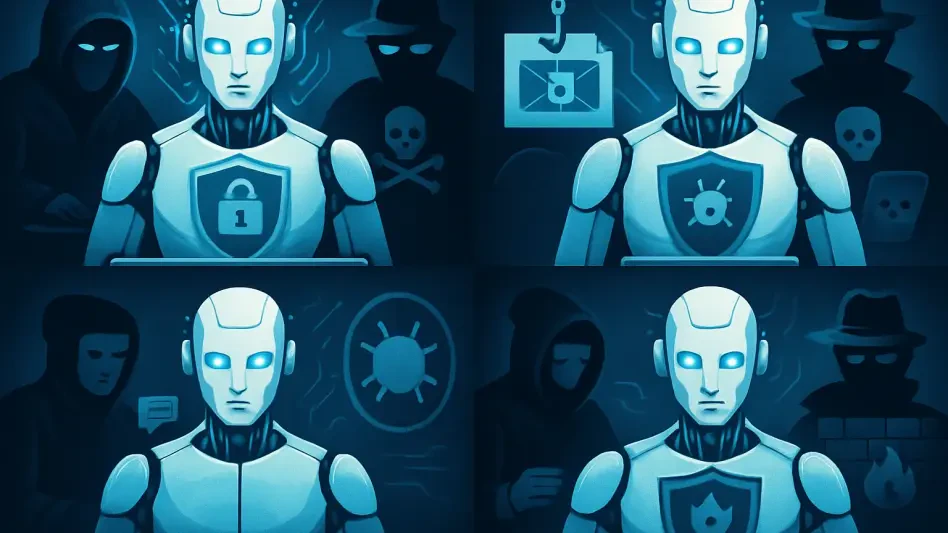Cybersecurity in 2025 faces a new challenge as the Rhadamanthys Infostealer evolves to outsmart conventional defenses with advanced tactics. Initially launched in 2022, Rhadamanthys has gained notoriety for its adaptability and efficiency in bypassing security layers. Central to its latest campaign is the ingenious ClickFix CAPTCHA trick, which capitalizes on human psychology to deceive users into executing malicious scripts. This tactic has been notably effective in infiltrating systems, highlighting the persistent tug-of-war between cybersecurity professionals and cybercriminals. Its development is a testament to the constantly shifting landscape of cyber threats, where ingenuity and deception often give hackers the upper hand. As security analysts race to counter these innovative methods, understanding the mechanics and implications of such techniques becomes ever more vital.
The Intricacies of the ClickFix CAPTCHA
At the heart of this scheme, the ClickFix CAPTCHA page masquerades as a legitimate verification step. Victims are instructed to “verify” their session by pasting a PowerShell command, which unsuspectingly initiates the malware’s payload delivery. With a mere PowerShell command, the script silently connects to a specified endpoint, disables protection measures, and executes a secondary payload—a maneuver that remains fileless until critical stages. This clickable masquerade seamlessly navigates past traditional email filters and security controls by avoiding the usual red flags, such as macros, thereby presenting a unique challenge for defenders.
The CAPTCHA page’s social-engineering prowess is rooted in its ability to create a false aura of legitimacy. A seemingly harmless interface instructs users to press specific keys, guiding them through actions that unwittingly breach defenses and execute unauthorized scripts. This specific design flaw exploits user trust—a common weakness in cybersecurity—by embedding dangerous operations within seemingly routine tasks. Consequently, mere procedural clicks transform into a catastrophic breach, showcasing the illusion of security while perpetrating an undetected invasion.
Deployment and Operational Tactics
Rhadamanthys leverages sophisticated deployment mechanisms to maximize its reach and effectiveness. Notably, attackers utilize newly minted typosquats that resemble established SaaS portals to host their tactics. Clean domain registration coupled with dynamic infrastructure assists in circumventing hard-coded Indicators of Compromise, effectively sustaining the infection chain. Migration of its backend infrastructure further deteriorates the reliability of static defenses. Such agility in deployment diverts signature-based detection tools, allowing widespread infiltration before defenses can react or adapt.
Upon execution, the malware efficiently transitions from clipboard-based payloads to the host’s memory. The initial stages are heavily padded with hash symbols to resist detection, yet resolve into succinct functional scripts. This transition process effectively lays the groundwork for subsequent payload deliveries. Heavily obfuscating the primary PowerShell command ensures that only targeted instructions reach execution. Rhadamanthys exploits this memory-resident presence to avoid filesystem detection, making its operations nearly invisible to traditional security toolsets designed to locate file-like attributes.
Exploitation Beyond Initial Execution
The stages following initial deployment illustrate Rhadamanthys’ sophisticated threat landscape position. After the initial payload establishes a foothold, it executes a downloaded MSI installer, embedding itself further. The installer launches benign applications, creating misleading parent-child process pairs, thus betraying other forensic footprints. It proceeds through stealth and obfuscation, terminating the presence of debuggers and engaging in time-based anti-sandboxing techniques. Such strategies fortify the malware’s persistence, protecting it from immediate analysis and prolonged dissection.
Once deeply entrenched, the malware transits to persistence through process injection, targeting trusted executables to mask its continuous data exfiltration operations. Utilizing hardcoded IP addresses for command-and-control communication sidesteps DNS-based defenses, while stealthily blending its data exfiltration traffic over conventional encrypted channels. This ingenious malware design extends beyond mere data capture—integrating real-time screenshot functionality—thereby arming operators with a live view into victim activities and maximizing returns from data breaches.
Reinforcing Security Posture
The ClickFix CAPTCHA scheme cunningly portrays itself as a legitimate security measure. Victims are led to “verify” their session by entering a PowerShell command that unknowingly triggers malware delivery. This simply executed script connects to a predetermined endpoint, disables security barriers, and runs a secondary payload, all without leaving files until crucial moments. This approach cleverly bypasses conventional email filters and security systems by avoiding common triggers like macros, posing a distinct challenge for cybersecurity experts.
The CAPTCHA page thrives on its ability to simulate authenticity, luring users into a false sense of security. With an innocuous interface, it directs users to press certain keys and perform actions that inadvertently penetrate defenses and execute unauthorized scripts. This design flaw exploits a prevalent cybersecurity weak spot: user trust. By embedding malicious operations in routine tasks, what seems like simple clicks quickly escalates into a significant security breach, showcasing the illusion of safety while executing a stealthy attack.








